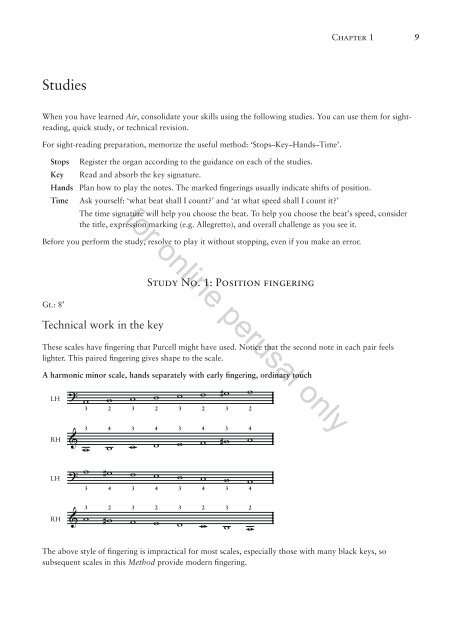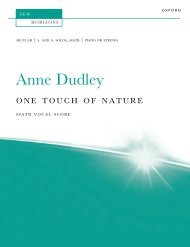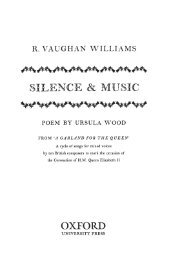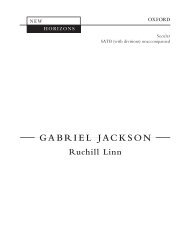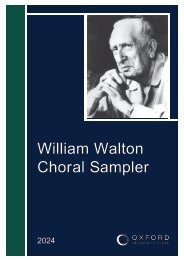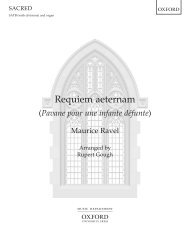New Oxford Organ Method
A single piece of repertoire is the primary focus for each chapter, with preparatory exercises providing the necessary technical work building towards the piece. Each lesson covers four main topics, which are systematically developed: practice methods, registration, fingering and pedalling, and historically-informed interpretation. The method is for keyboard players of any age who are establishing first steps at the organ with or without a teacher. It will also serve more experienced organists who want to improve their technique.
A single piece of repertoire is the primary focus for each chapter, with preparatory exercises providing the necessary technical work building towards the piece. Each lesson covers four main topics, which are systematically developed: practice methods, registration, fingering and pedalling, and historically-informed interpretation. The method is for keyboard players of any age who are establishing first steps at the organ with or without a teacher. It will also serve more experienced organists who want to improve their technique.
- No tags were found...
You also want an ePaper? Increase the reach of your titles
YUMPU automatically turns print PDFs into web optimized ePapers that Google loves.
Chapter 1<br />
9<br />
Studies<br />
When you have learned Air, consolidate your skills using the following studies. You can use them for sightreading,<br />
quick study, or technical revision.<br />
For sight-reading preparation, memorize the useful method: ‘Stops–Key–Hands–Time’.<br />
Stops Register the organ according to the guidance on each of the studies.<br />
Key Read and absorb the key signature.<br />
Hands Plan how to play the notes. The marked fingerings usually indicate shifts of position.<br />
Time Ask yourself: ‘what beat shall I count?’ and ‘at what speed shall I count it?’<br />
The time signature will help you choose the beat. To help you choose the beat’s speed, consider<br />
the title, expression marking (e.g. Allegretto), and overall challenge as you see it.<br />
for online perusal only<br />
Before you perform the study, resolve to play it without stopping, even if you make an error.<br />
Gt.: 8ʹ<br />
Technical work in the key<br />
Study No. 1: Position fingering<br />
These scales have fingering that Purcell might have used. Notice that the second note in each pair feels<br />
lighter. This paired fingering gives shape to the scale.<br />
A harmonic minor scale, hands separately with early fingering, ordinary touch<br />
LH<br />
?<br />
w w w w w w # w w<br />
3 2 3 2 3 2 3 2<br />
RH<br />
LH<br />
&<br />
?<br />
3 4 3 4 3 4 3 4<br />
w w w w w w # w w<br />
w<br />
# w w w w w w w<br />
3 4 3 4 3 4 3 4<br />
RH<br />
&<br />
3 2 3 2 3 2 3 2<br />
w<br />
# w w w w w w w<br />
The above style of fingering is impractical for most scales, especially those with many black keys, so<br />
subsequent scales in this <strong>Method</strong> provide modern fingering.


